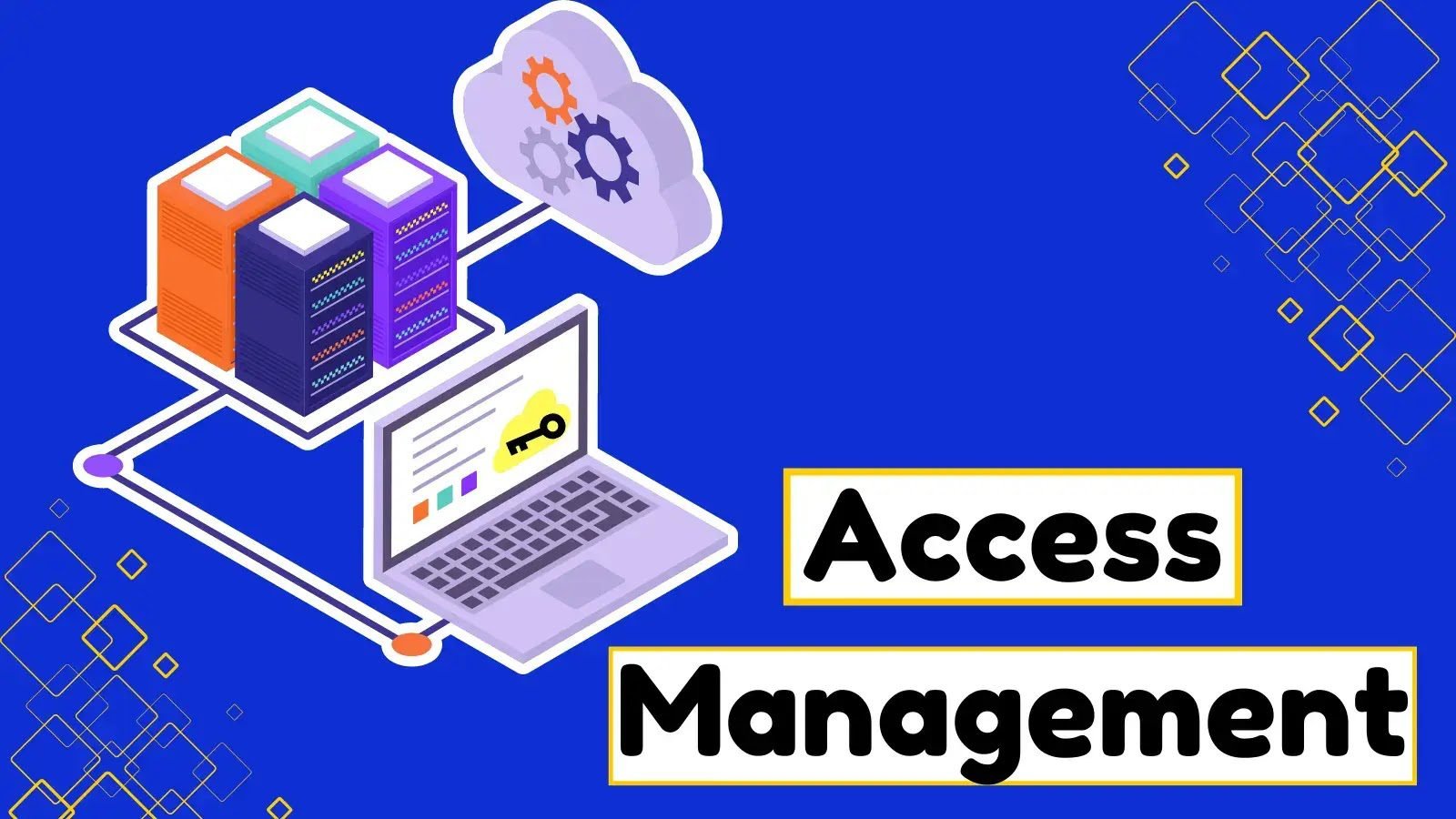What about PAM (Privileged Access Management) and explanation of its benefits?
What is PAM?
Privileged Access Management (PAM) is a subset of privileged access security that focuses on the management and control of privileged accounts and their associated access rights. PAM solutions provide organizations with the tools and processes to securely manage, monitor, and govern privileged access within their IT infrastructure. The goal is to reduce the risk associated with privileged accounts and ensure that they are used only for authorized purposes.
Benefits of PAM:
- Separate Users from Passwords
- Monitor and track the privileged sessions
- Protect privileged applications
- Protect privileged work.
1.Separate Users from Passwords :Privileged accounts such as Admin or Superuser are the most powerful and dangerous in your organization. The best way to start protecting them is to make sure users can’t actually get access to them. That’s where Privileged Access Management (PAM) is key.
2.Monitor and track the privileged sessions : Once a user has gained access to a system using privileged access credentials, you need to know what they’re doing. That’s especially true if it’s a remote worker or third-party supplier where you don’t have so much control over who is using the access. That’s where Session Management and Recording is so important.
3.Protect privileged applications :In some cases, IT experts need full access to a system or devices and need to use “root” level connections. In most cases that’s more access than is really needed. The best practice is to only let the user access just the applications they need to do their work.
4.Protect Privileged work : The best, and most proactive, protection of privileged access is to ensure it can only be used to perform the work that it should. By wrapping applications, services and devices with automation can’t do anything they shouldn’t and a full audit trail is tracked.
Now, There are so many fundamentals, but we know some of them.
- What are Privileges?
Privileges are the permissions, or powers, that an account on a device or service has. A standard user may have very limited privileges, for example, to read records in a database, but not to create or edit data. An administrator on a Linux server running as “root” will have the maximum powers available to install/remove software, create/delete user accounts, change system settings and much more.
2. What are privileged accounts?
Any account that has more power, or permissions, than a regular user can be considered a “privileged account.” Often, they’re called “administrator,” “supervisor,” or “system” accounts. These accounts have the power to, for example, create/update/remove other user accounts, change system settings, install software, access sensitive databases, … the list is endless.
3. what is PAM?
PAM or Privileged Access Management system is used to manage the powerful admin accounts. This management covers the actual account credentials (i.e. usernames and passwords), who has access to those accounts, and how those accounts can be used.
An important factor with PAM is that no user will ever have direct access to those privileged account credentials. If a user can’t see the username & password, they cannot reveal those details to an attacker.
4. What are Privileged sessions?
A “privileged session” is a connection made by a user to a device, service or system using credentials that have elevated privileges. For example, those used by an administrator. As these sessions are very powerful, they should only be allowed by users that have a need and the experience to use them safely. See “Principle of Least Privilege” above for more information.
The best Privileged Access Management systems include tools to monitor privileged sessions in real-time. They can also close the sessions if risky behavior is shown and record the sessions for later investigation or audit.
5. What is PIM?
Privileged Identity Management (PIM) is a feature often provided in IAM tools. It goes some way towards improving the management of the powerful admin accounts or other privileged accounts in that they can report that these accounts exist and how/when they are being used.
However, that is not a replacement for Privileged Access Management which is more active protection of those privileged account credentials and management of privileged sessions.
By implementing a robust privileged access management strategy, organizations can effectively manage the risks associated with privileged accounts, prevent unauthorized access, and enhance the overall security of their IT infrastructure.





